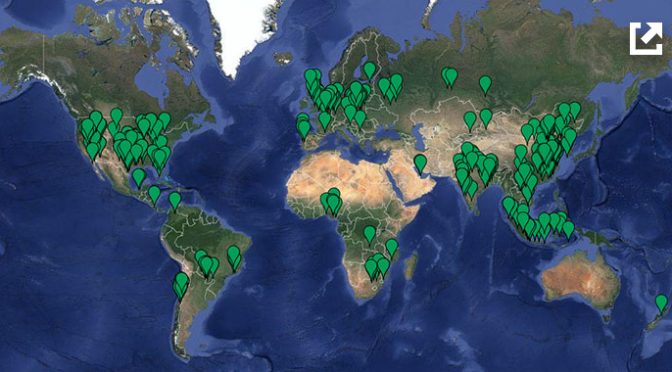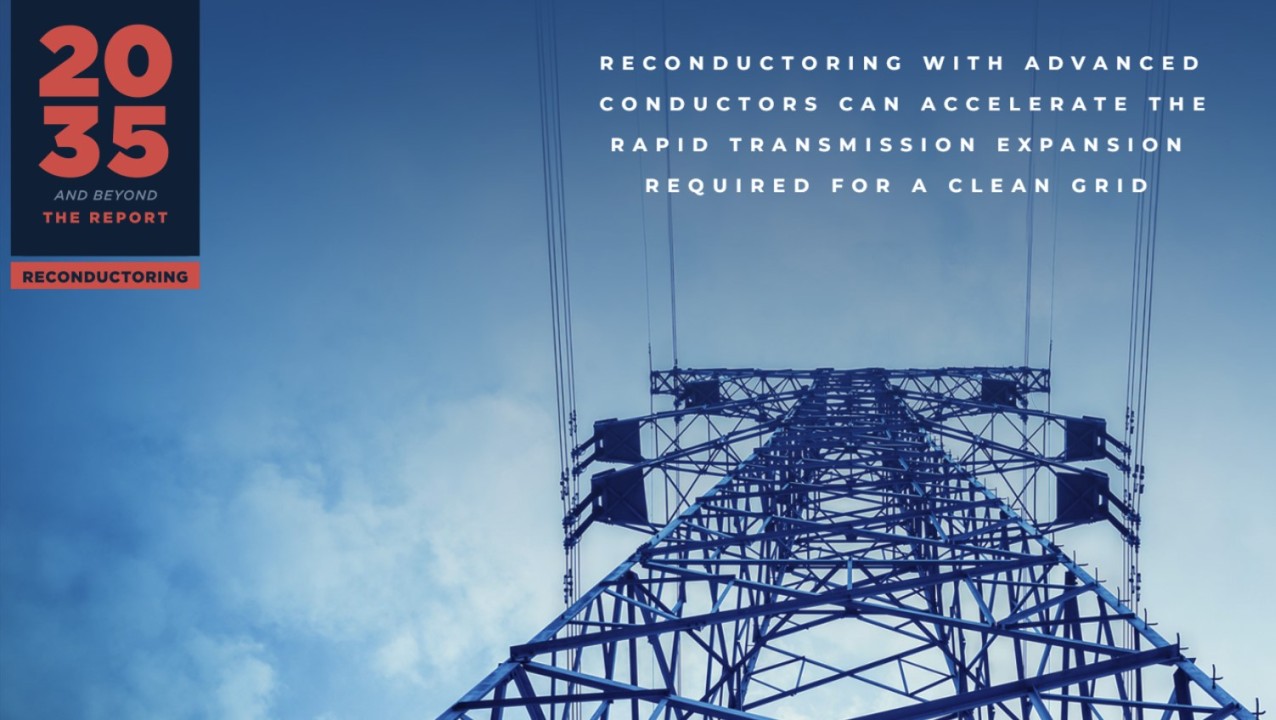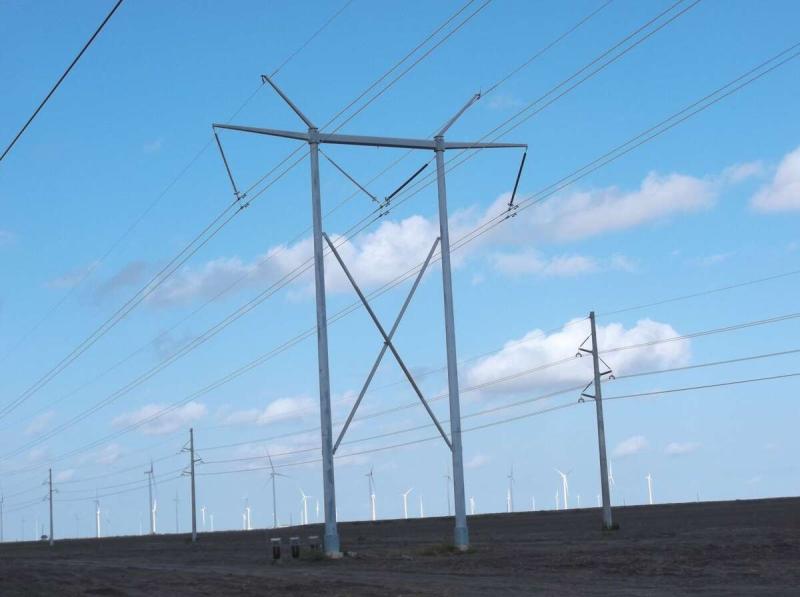Developed initially to improve the performance and longevity of military structures, composite materials have been widely deployed in other demanding applications subject to extreme environmental conditions – ranging from cryogenic storage vessels to pipelines, offshore oil platforms, rocket nozzles and modern aircraft. The ACCC® conductor (“Aluminum Conductor Composite Core”) leveraged the attributes of hybrid carbon and glass fiber composites to improve the performance of bare overhead conductors ans is definitely a conductor for extreme weather conditions. To date, the ACCC conductor has been deployed to nearly 600 projects in 50 countries since it was first commercialized in 2005. These environments range from the deserts of Qatar to the plains of Siberia.
The ACCC conductor’s composite core is 70% lighter than steel which allows the incorporation of ~28% more aluminum in any given size making it the best conductor for extreme weather. The added aluminum content reduces electrical resistance which serves to reduce line losses under any operating condition. Though CTC Global’s ACCC conductor is capable of operating at very high temperatures when electrical load is high (due to its very low coefficient of thermal expansion), its greater strength (approximately twice that of steel) also allows it to span greater distances between fewer and/or shorter structures. While ACCC is commonly used to increase the capacity and efficiency of existing transmission lines, it can also be used to reduce upfront capital costs on new lines due to its electrical and mechanical properties.
Classification
The ACCC conductor is generally classified as a “High-Temperature, Low-Sag” (HTLS) or “High-Capacity, Low-Sag” (HCLS) conductor. While other conductors such as Invar, GAP, ACCR and ACSS fall within this category due to their abilities to also operate at high temperatures under high load conditions, the ACCC conductor offers the lowest thermal sag and greatest operating efficiency – with proven reliability. ACCC conductor core is produced to ASTM Standard B987/B987M – 14.
Cold Weather Performance
As temperatures drop, line tension increases. This is due to the relatively high coefficient of thermal expansion (“CTE”) of a bare overhead’s constituent materials. While the CTE of aluminum is 23 x 10-6 per degree C, and steel is 11.5 x 10-6 per degree C, the CTE of the ACCC conductor’s composite core is only 1.6 x 10-6 per degree C. Thus the ACCC conductor’s core tension fluctuates very little between extreme temperature swings that can range from -60 to over +200°C. However, the aluminum strands expand and contract or ‘engage and disengage’ to varied degrees above and below the thermal knee-point. Aluminum strand engagement under very cold conditions will subsequently cause the core to shed some of its tensile load. As temperatures rise, the aluminum strands relax and the tensile load shifts back to the composite core. Because ice deposits often form on bare overhead conductors in cold conditions, engagement of the aluminum strands is favorable. A substantial discussion about this can be found in Section 2.8.6 “Engineering Transmission Lines with High-Capacity, Low-Sag ACCC Conductor”
Heavy Ice Loads
When substantial amounts of ice accumulates on bare overhead conductors tension increases due to the added weight. Sag also increases as the added weight causes the conductor’s aluminum strands and core to stretch. While metals will plastically deform and yield under extreme load conditions, the ACCC conductor’s composite core is fully elastic and will return to its initial length without permanent deformation. While the outer aluminum strands will yield and plastically deform, the net impact is simply that the thermal knee-point is reduced – which further improves thermal sag. Various methods can also be used to lower the thermal knee-point during installation. During subsequent and heavier ice load events the aluminum strands tighten back up and reengage to help the conductor resist ice load sag. Because the ACCC core is more elastic than steel, extreme ice loads in some instances can cause the ACCC conductor to sag more than a standard ACSR conductor. While initial tension settings can mitigate this to some degree, the use of ACCC-ULS (ultra-low sag / high modulus core) is another alternative. Additionally, CTC currently manufactures conductor in partnership with 24 certified international stranding partners. Many of CTC’s partners produce conductor with high strength aluminum alloys that can be incorporated into ACCC conductor designs to accommodate any given requirements. CTC’s application engineering team stands ready to assist.
Testing
The ACCC conductor and composite core have been thoroughly tested at temperatures ranging from -60 to well over 200 degrees C. These tests have been performed worldwide by a number of utilities, universities and accredited labs. A substantial number of test reports are readily available.
Cold Climate Installations
To date, more than 60,000 kilometers of ACCC conductor have been installed in 50 countries. The very first energized ACCC installation took place in Niagara Falls, New York. While this was considered a trial line, the line remains energized today and has experienced a number of record setting ice storms since it was first installed without issue. A number of other cold climate installations have been completed in North America, China, Russia, and throughout Europe. For access to an interactive project map CLICK HERE







